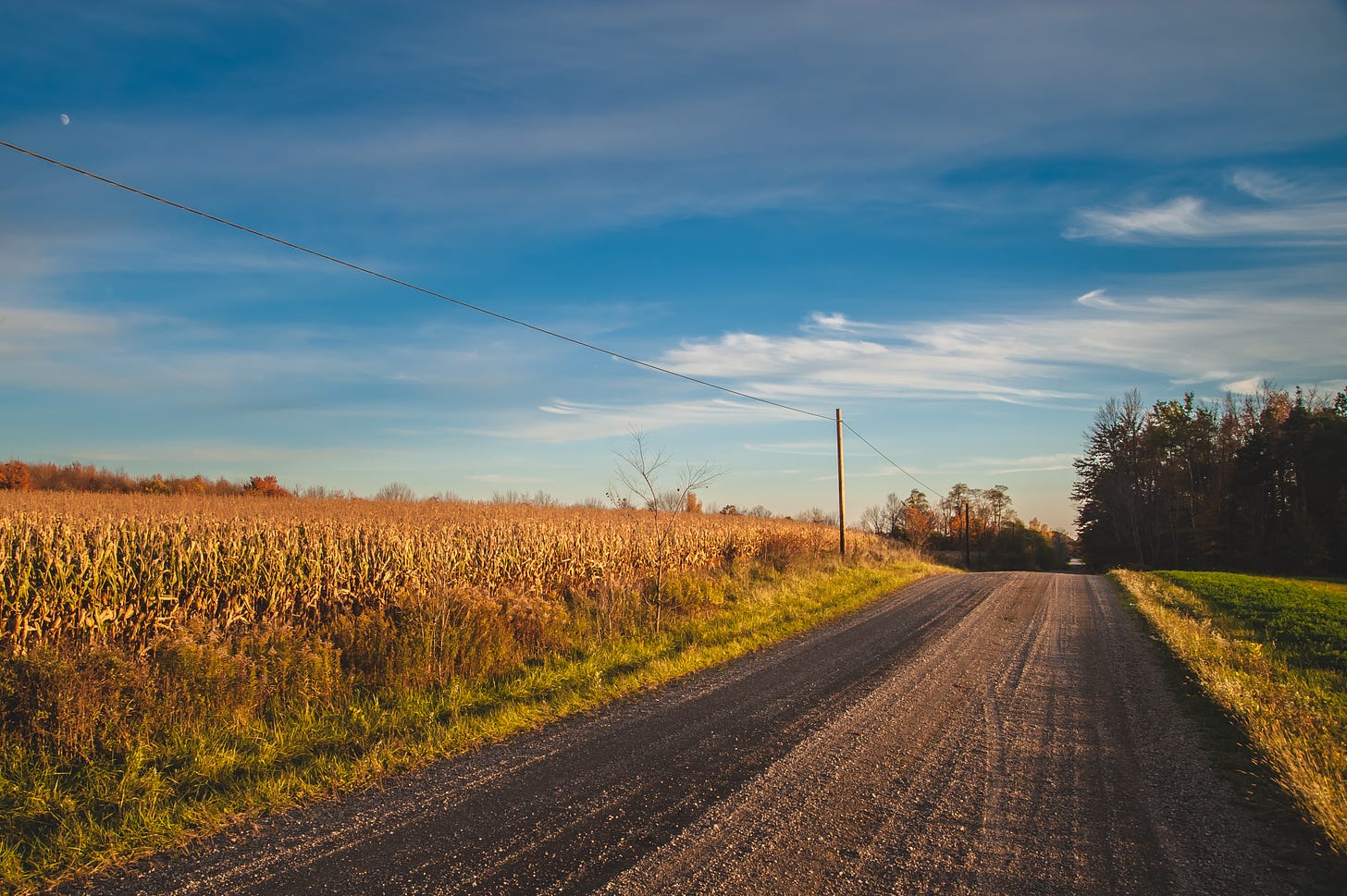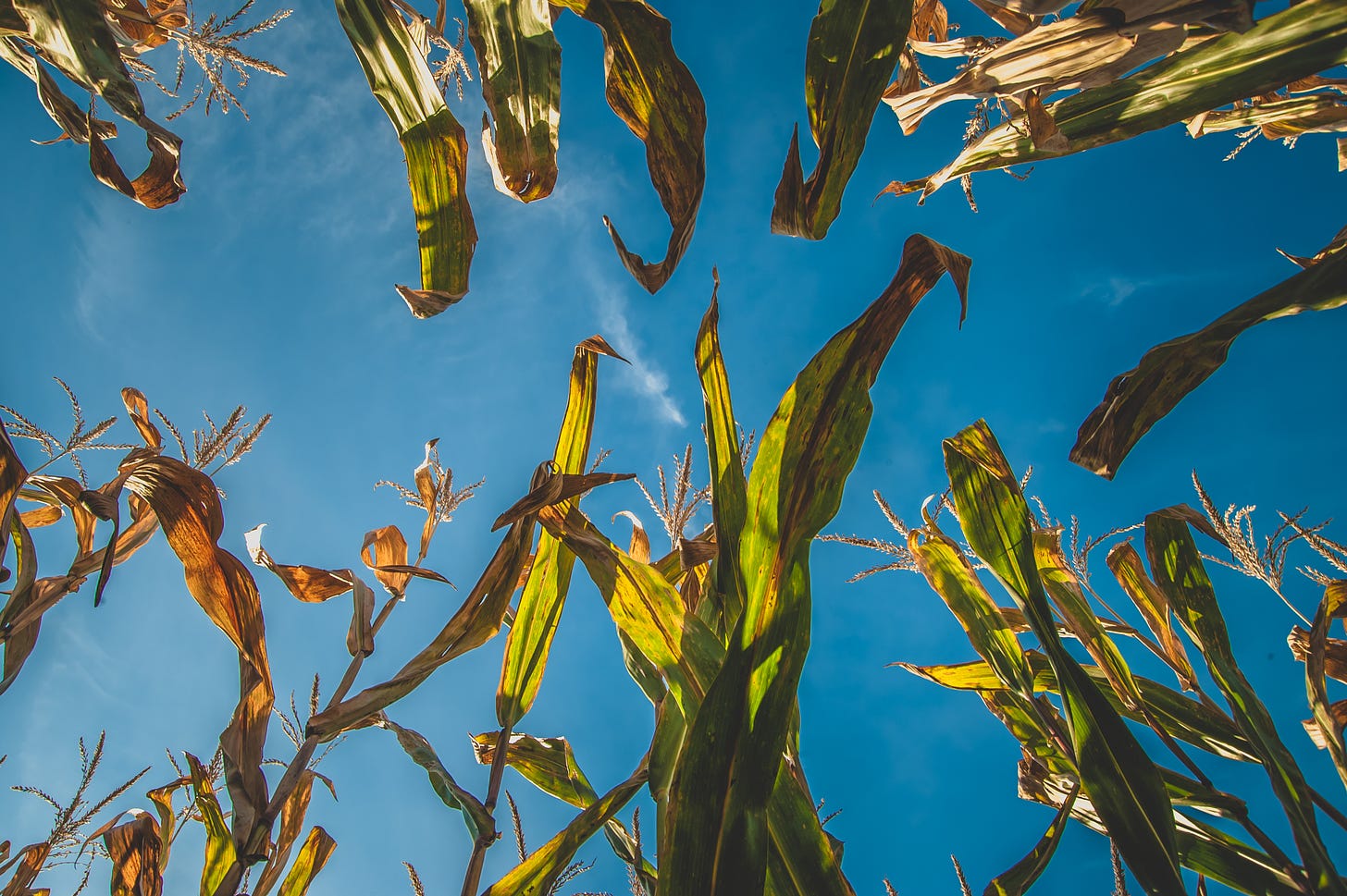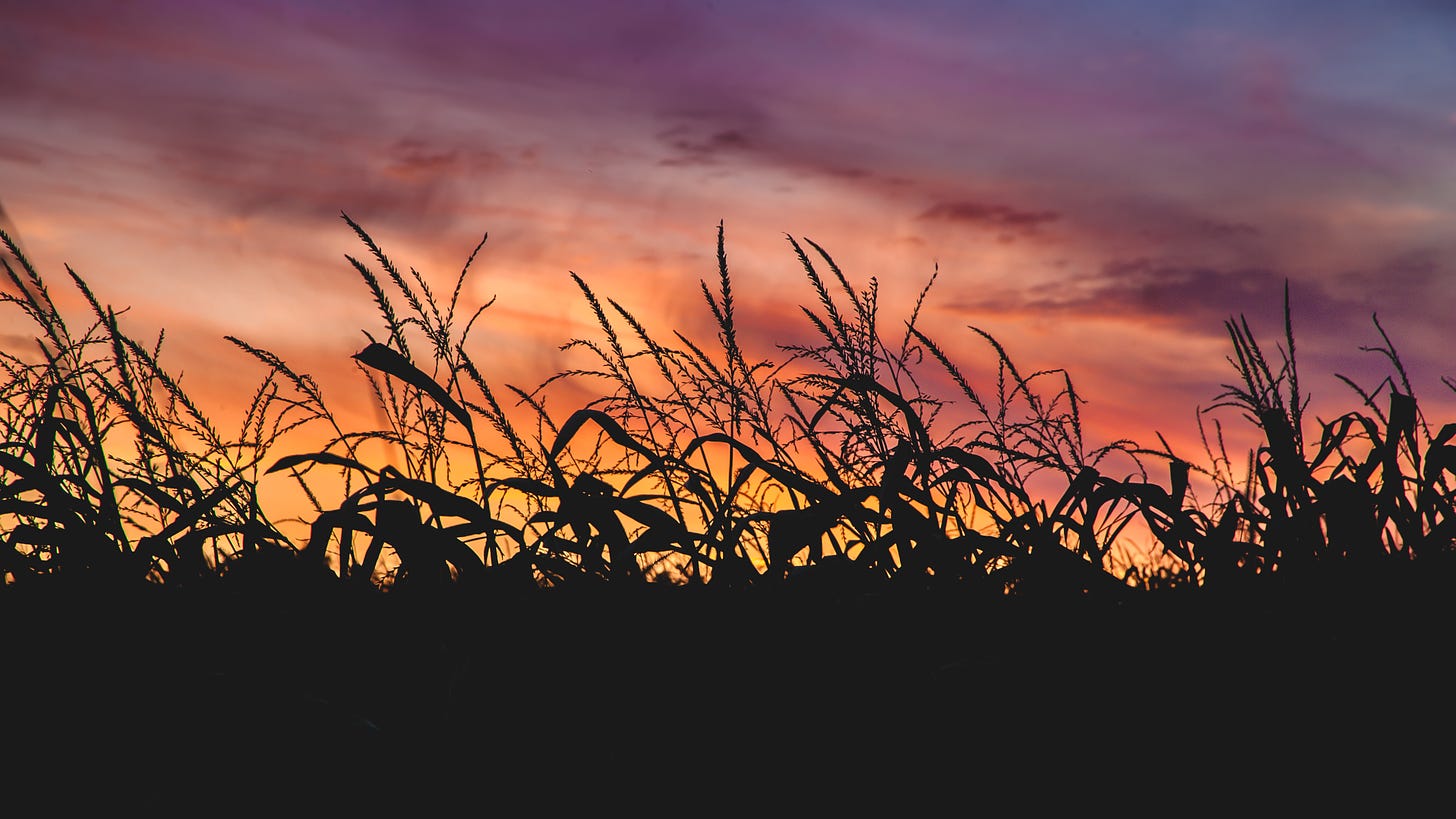Rust Belt narratives of people of color: moving beyond whiteness
Christabel Devadoss, Assistant Professor, Global Studies and Human Geography, Middle Tennessee State University
Keywords: Rust Belt, Rural geography, Race, Media Coverage
I am a woman of South Asian descent who grew up in rural Ohio post-9/11. For the 20-plus years that I lived in rural Ohio, I rarely, if ever, saw my experiences highlighted in national conversations about rural areas or the Rust Belt in general. After reading piece after piece from news outlets like the New York Times, the Washington Post, NPR, The Guardian, and FiveThirtyEight (think tanks and academic research as well) on the “white working class” or “white grievance,” I began to wonder why these outlets did not highlight the experiences of people of color, leading me to pursue research on the rural Rust Belt explicitly examining the experiences of people of color.
In the summer of 2021, I spoke with John Carter, a Black man who grew up in a small rural Rust Belt township in Ohio. Surprisingly, we grew up in neighboring towns. While we had never met, we shared similar experiences. He mentioned how national media talked about rural areas as places where only white people lived, and after Trump’s election, these outlets especially focused on white rural voters in Ohio and Pennsylvania. John described the day The Washington Post came to a nearby small town and interviewed people at the town’s local diner. He said,
“The only people they interviewed in that diner were white. They didn’t interview a single person of color.”
John wasn’t the only participant to mention this WP interview – several participants remembered this. They wondered why no one cared to ask people of color their opinions on living post-2016 in rural Ohio.
Another participant, Belle, told me her dad is always out and around in the WP’s interview town. She asked, “How did you go to Ashtabula County and not see Black people?” I didn’t say this during the interview. Still, this comment resonated with me because I also wondered why, when trying to gauge the impacts of the Trump administration, voices of people of color were ignored, especially when visiting the largest county (by total area) in Ohio. True, most of the town is white, but even in that town, non-white people own or run several of the local businesses.
I continued interviewing people in Ashtabula County and other areas throughout the rural Rust Belt. For 12 months, I interviewed 35 participants who self-identified as Black, Indigenous People of Color (BIPOC) with ties to rural Ohio, Pennsylvania, Michigan, and Indiana and conducted landscape analysis (examining yard signs, billboards, advertisements, and local gathering spaces) in these areas. I conducted most of my research in Northeastern Ohio and Western Pennsylvania. Thirty-five is a small number, but it is significant considering that these areas are majority white (despite the known issues with the Census counting people of color). Most participants used the term POC, not BIPOC, so I refer to people of color instead of BIPOC in this summary.
I saw this as the beginning of a larger research project. First, I wanted to gauge what people thought and how they felt and get a general reading of their overall experiences. I had my own experiences, but I was curious how others perceived rural representation, what issues or obstacles they faced, what they liked or disliked about living in rural areas, and finally, the impacts of white-washed rural Rust Belt narratives.
The preliminary results were wide-ranging. It is challenging to narrow experiences to a single problem or issue when trying to understand a rarely covered or addressed topic. Instead, I was curious about missing media coverage and research, and I wanted to identify as many issues as participants wanted to bring to my attention. This list was quite long, but with limited coverage of these issues, it makes sense that people would have much to discuss. Participants brought up everything from fear of discrimination to internalized colonialism, racism, and colorism and even navigating white nationalism within their friend and family circles.
Participants described a variety of issues including 1) isolation, 2) microaggressions, 3) xenophobia, 4) discrimination in employment (in rural areas), 5) racial/ethnic profiling, 6) aggressive comments, 7) gaslighting, and 8) concerns regarding safety and wellbeing, 9) verbal racial discrimination, 10) fetishization/sexual exoticization in relationships, 11) fear during racially influenced political events/climates 12) psychological trauma, 13) difficulty in schools, 14) not recognized as “belonging,” and 15) voter discrimination.
Most participants experienced significant barriers and negative experiences living in rural areas. Still, many of the same participants also described positive attributes to living in rural places, and many explained similar reasons for rural living as rural white people (some similarly problematic, too). These included: 1) “peace and quiet,” 2) “cleaner air and living,” 3) scenery, 4) fresh food access, 5) safety from “crime,” and 6) self-described solidarity with other people of color, 7) access to farmland, 8) areas to grow crops and food, 9) access to nature, 10) a slower pace of life, and 11) space being unavailable in urban areas. Of course, each participant’s experience was unique and difficult to summarize in one brief article. However, simply identifying their experiences is a first step to further, sustained research.
Many Rust Belt narratives have yet to account for the variety of people’s everyday experiences or are slow to recognize that these experiences are highly nuanced and complex. People indeed experience real, visible impacts of violence and discrimination.
Still, they simultaneously experience genuine relationships with those who don’t always hold their viewpoints. As one participant said, “People know you and would protect you” while voting or pushing for politics that “harm you.” Rural Rust Belt areas are a prime example of how systemic racism, settler colonialism, white nationalism, and colonial representations (including Patriarchy) intersect and manifest as racism or discrimination in everyday settings.
Because rural Rust Belt issues and challenges are multifaceted, research and dialogues beyond white working-class politics are extremely important. It is vital to continue not just to change dialogues that designate rural Rust Belt areas as simply “white” but also to continue research that addresses real problems and issues that minorities face in these areas.
—Christabel Devadoss
Author’s Bio

Connect with us at:
Thanks for reading Just Rural Futures! Subscribe for free to receive new posts and support my work.










